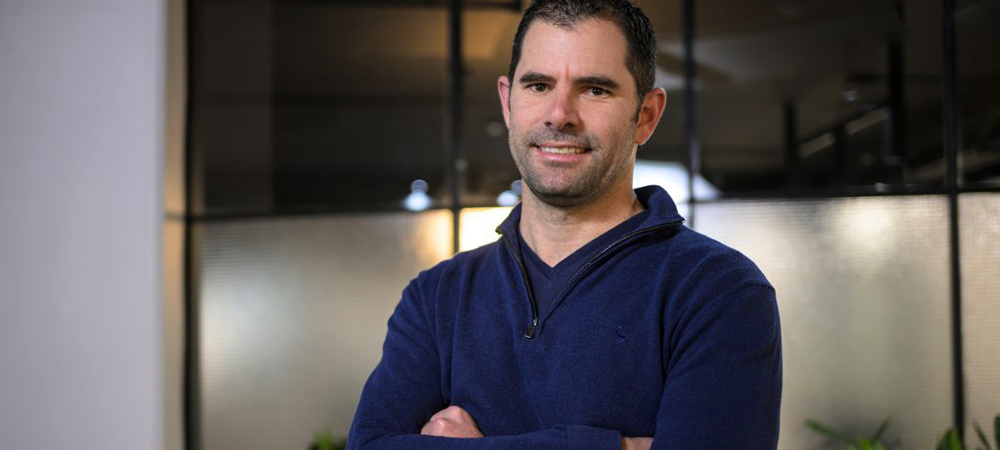In January 2025, the global anti-money laundering watchdog, the Financial Action Task Force, will review its decision to greylist South Africa and interrogate the public and private sector measures to address its concerns. The country will need to demonstrate a practical, scalable plan to combat money laundering, fraud and other financial crimes.
Failing to achieve this will have serious economic knock-on effects, such as a significant decrease in international capital inflows and downgrading by credit rating agencies, all of which will negatively impact the Rand. An extended greylisting is also a serious threat to state-owned enterprises that rely on offshore debt capital markets for funding.
iiDENTIFii has to date partnered with three leading South African banks to fortify their digital identification and onboarding processes. This is part of a wider banking strategy to protect companies and consumers against AML and fraud.
Murray Collyer, Chief Operating Officer of iiDENTIFii says, “If banks want to effectively and reliably counter financial crime, they need to validate one critical piece of information: a person’s identity. Banks need the security that a person performing a transaction on the other side of the screen is who they say they are.”
“Over the next 18 months, we believe the full impact of this solution will be visible and hopefully play a part in shifting the needle on the greylisting decision. Our 4D Liveness is resilient to deepfake and replay attacks. It comprises different colour lights that reflect in a certain sequence off the user’s face, which helps determine true biometric liveness. This has been the solution of choice for South Africa’s leading banks.”
Biometric security threats currently fall into two categories: presentation attacks and digital injection attacks. Presentation attacks refer to photos, videos, or even masks being held up to a screen to fool the technology into mapping the features of the identity being defrauded.
On the other hand, digital injection attacks see imagery injected directly into the video stream, either through emulators, hacking tools, or virtual cameras. This directly injected imagery includes sophisticated deepfakes or face swaps’ where AI technology spoofs another person’s likeness.
Digital injection attack detection needs fundamentally different techniques from presentation attack detection. Many current biometric systems are not equipped to defend against this fast-growing threat and financial institutions must find a new way to prove identity to prevent money laundering and cyberattacks. The answer lies in the use of liveness in authentication.
Simply put, liveness is the confirmation and verification that there is a human being conducting a transaction on the other side of the screen. While cybercriminals can mine personal data and override certain systems through targeted attacks, it is more difficult to forge a sense of human liveness.
iProov, iiDENTIFii’s technology partner, reveals in a new 2023 study that there has been a 149% increase in digital injection attacks and a 295% increase in face swaps. With the emergence and growth of face swaps, low-skilled criminals now have the means to launch advanced attacks. Threat actors launched motion-based attacks simultaneously and at scale against hundreds of systems globally.




